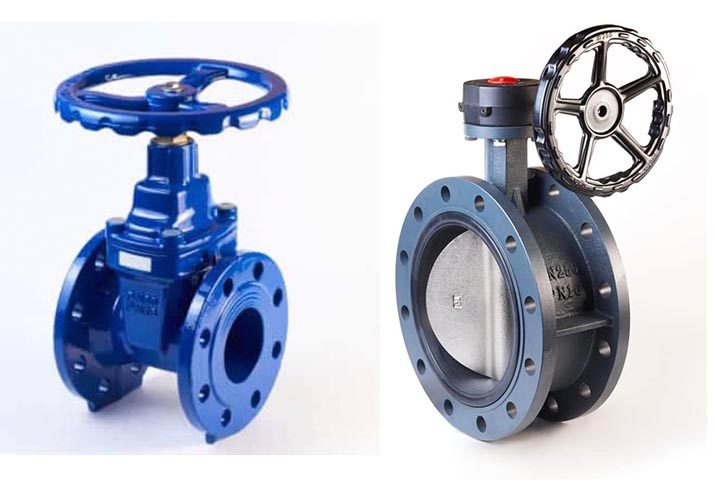There are commonly two types of valves that seem to take the center part in the industrial industry, and those two valves are the butterfly valve and the ball valve.
They are both usually constructed of a combination of metals such as cast iron, stainless steel, and brass. They are both pretty durable, have extended shelf-life, and are relatively cheap to purchase, and can both carry a variety of different gases and liquids at moving temperatures.
The main difference between the two types of valves is that they look different. The ball valve is essentially a ball with a hole going right through it, while a butterfly valve ( which is also known as “วาล์วผีเสื้อ” in the Thai language) consists of a rotating shaft that has a disk mounted onto it.

Image Source: Google
A ball valve works by allowing the hole to be open, blocked, or open partially to regulate the flow of gas/liquid while a butterfly valve uses the disk to either allow the flow of gas/liquid through it or to block it completely.
For this instance, a ball valve may be considered a better option due to the valve always being able to open easily despite any pressure placed upon it. On the other hand, the butterfly valve can be challenging to turn as part of the disk will always have to fight against a flow of gas/liquid.
On the other hand, the butterfly valve can be challenging to turn as part of the disk will always have to fight against a flow of gas/liquid.
Butterfly valves are cheaper than that of ball valves and are easier to maintain. It is for that reason that they are frequently used on large-scale projects that involve the regulation of water streams.
Although they both offer similar uses, both the ball valve and butterfly valve have different benefits and advantages. It means that you will have to consider the benefits of each of them before making a choice on which faucet or valve to purchase and use.